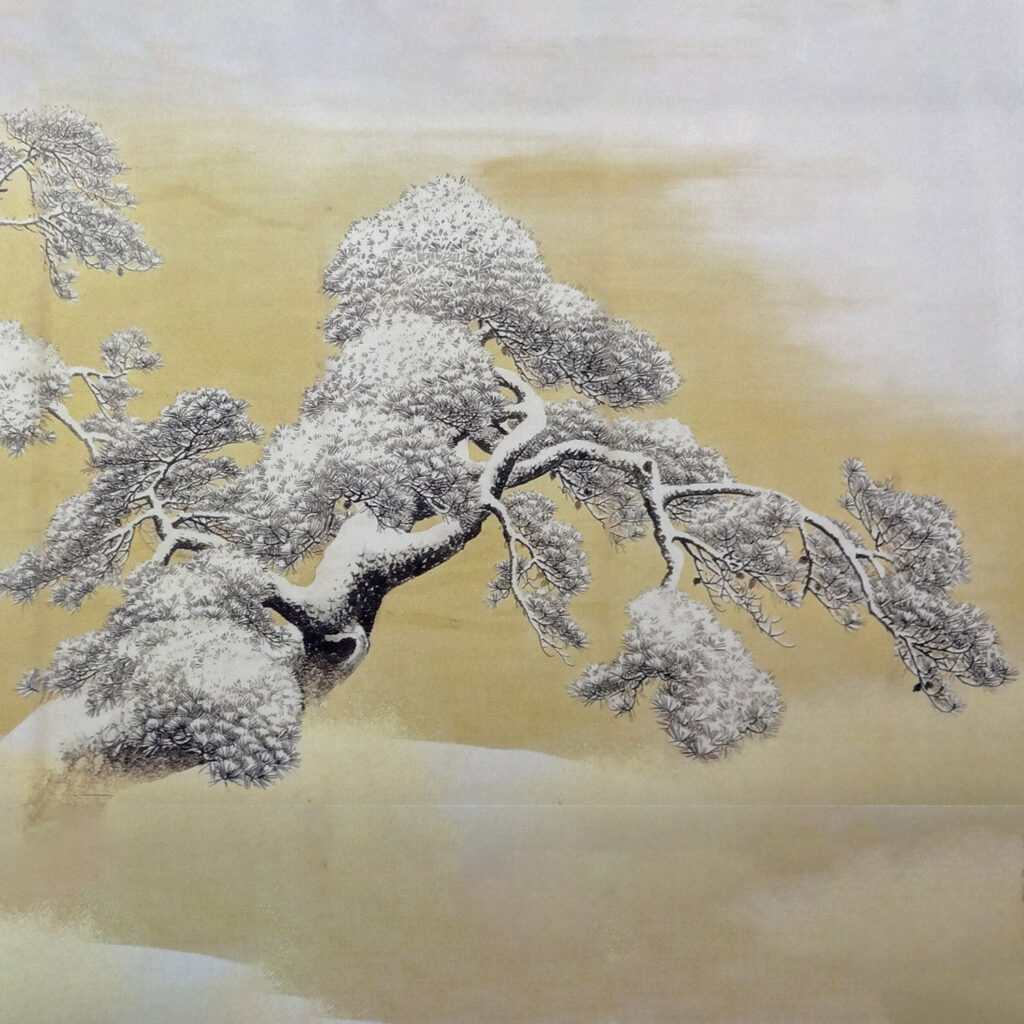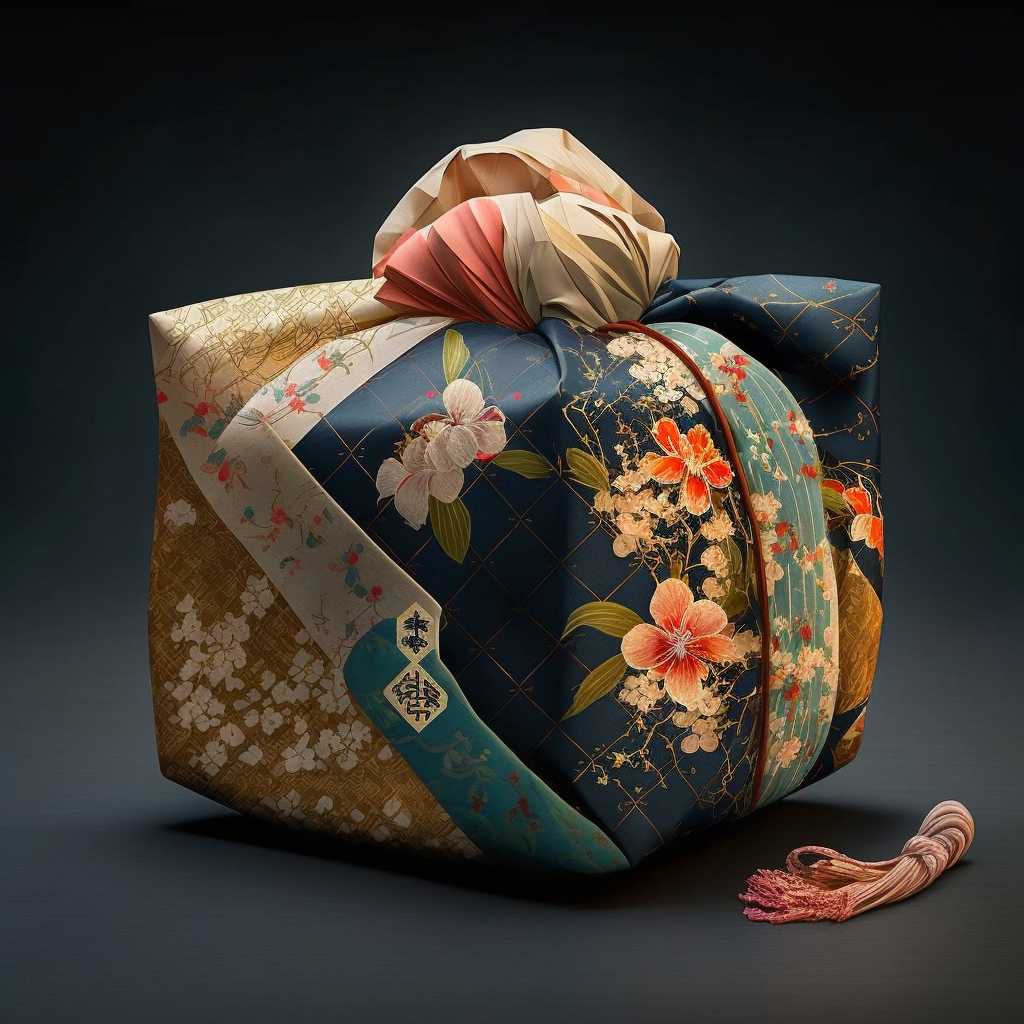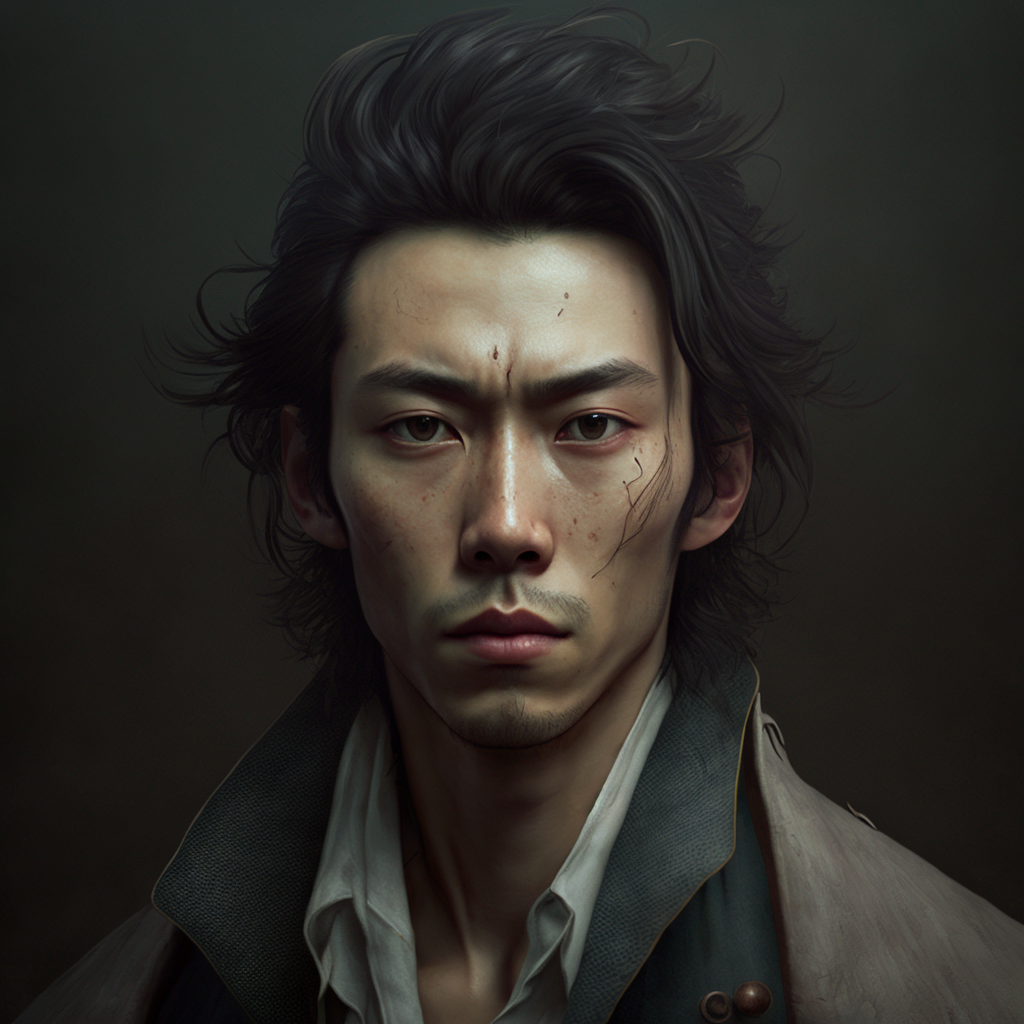Maruyama Ōkyo was a renowned 18th-century Japanese artist, famous for his innovative, realistic approach to painting. As founder of the Maruyama-Shijō school, he left an indelible mark on the Japanese artistic landscape. This article explores the life, work and legacy of Maruyama Ōkyo, a visionary artist who redefined the art of painting in Japan.
- Maruyama Ōkyo’s beginnings: Born in 1733 in tamba near Kyoto, Maruyama Ōkyo, from a farming family in the village of Anō, showed an early interest in the visual arts. He studied with several renowned masters (in the studio of Ishida Yūtei (1721-1786), painter of the Kanō School) and quickly developed his painting skills. He distinguished himself by his realistic style and attention to detail, breaking with the artistic conventions of the time.
- Maruyama Ōkyo’s style and techniques: Maruyama Ōkyo was known for his naturalistic, realistic approach to painting. He was inspired by nature and carefully studied plants, animals and landscapes to capture their essence with precision. His paintings were characterized by clean lines, meticulous detail and subtle use of color. He was also renowned for his mastery of perspective and the play of light.
- Maruyama Ōkyo’s favorite subjects: Maruyama Ōkyo ventured into a variety of painting genres, including landscapes, animals, flowers and portraits. He was particularly known for his realistic depictions of animals, which he painted with remarkable precision. His animal paintings were vivid and detailed, reflecting his meticulous observation of nature.
- Maruyama Ōkyo’s legacy and influence: Maruyama Ōkyo had a significant impact on Japanese painting of his time and beyond. By founding the Maruyama-Shijō school, he paved the way for a new generation of artists who adopted his realistic style. His techniques and approach to painting influenced many later Japanese artists, and his legacy continues today.



